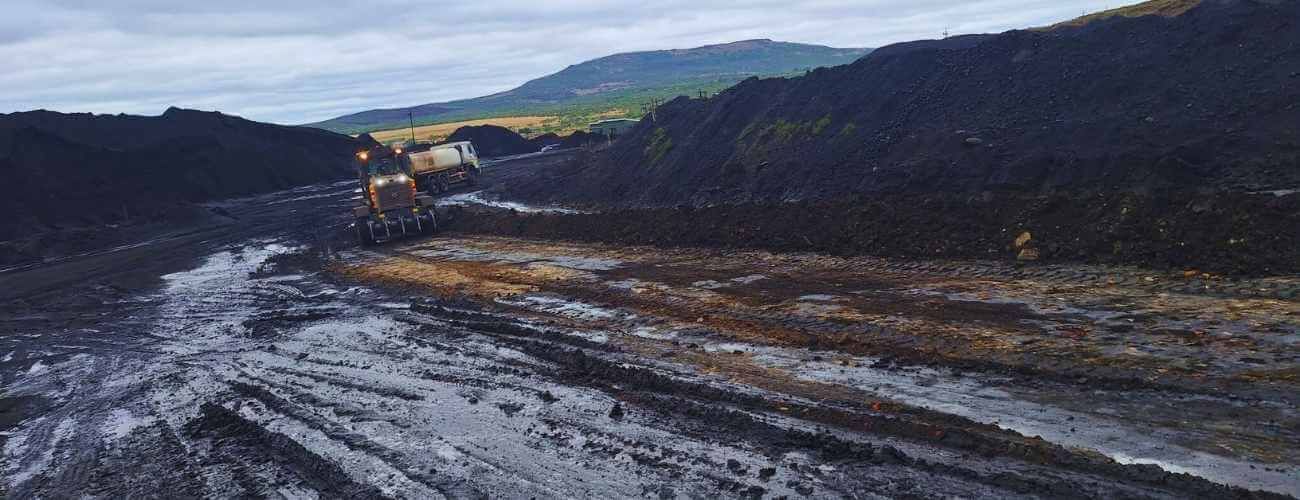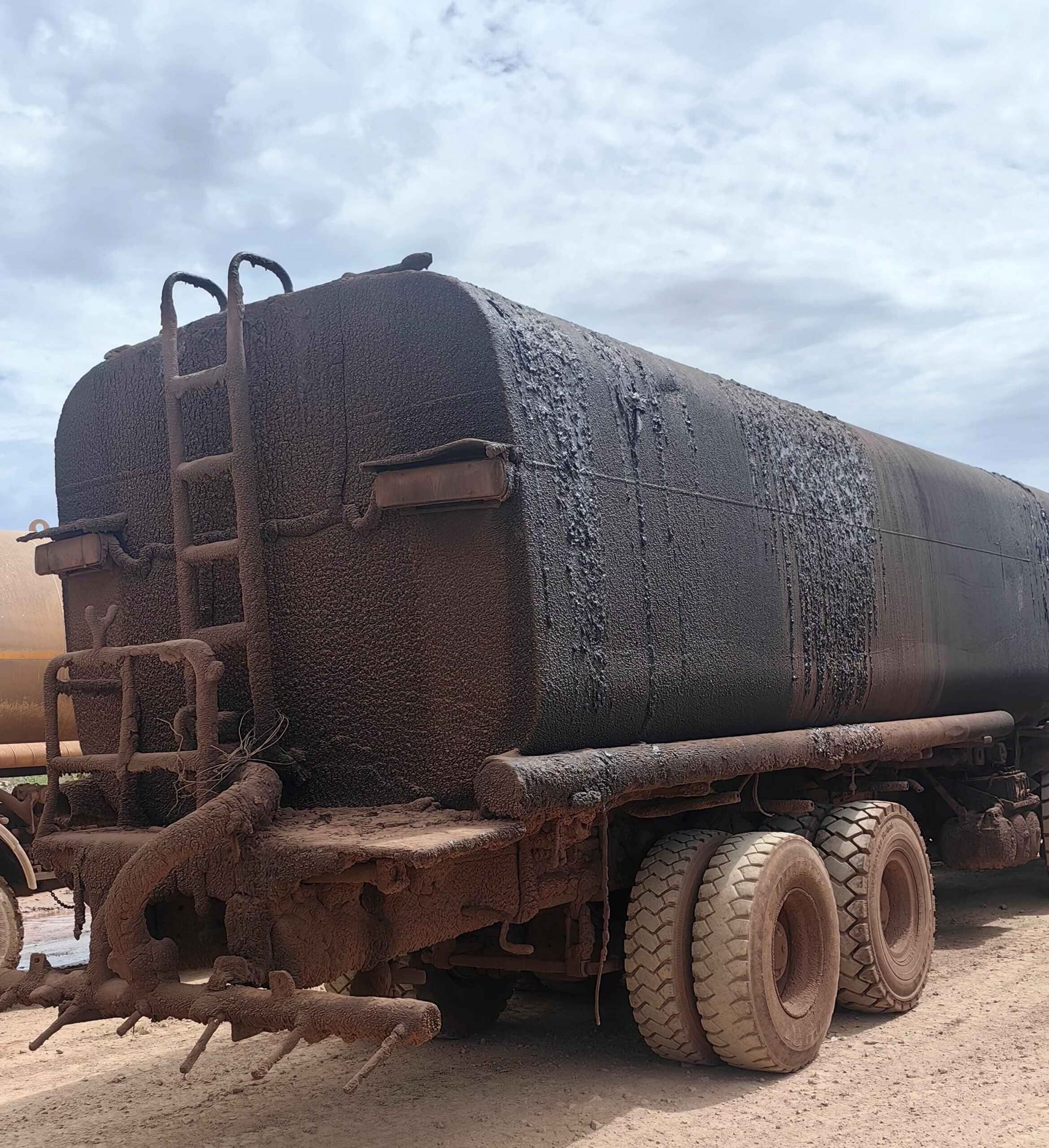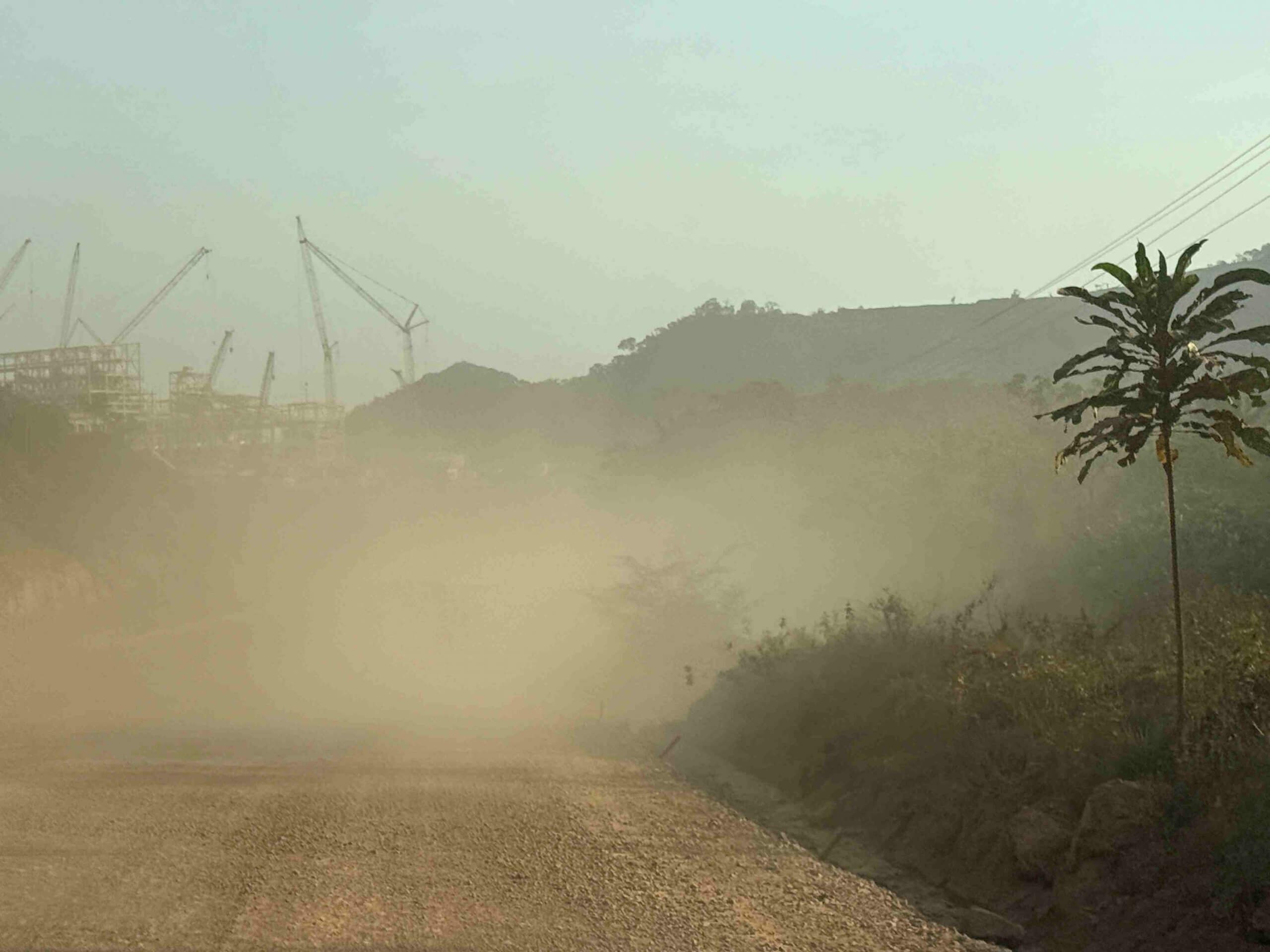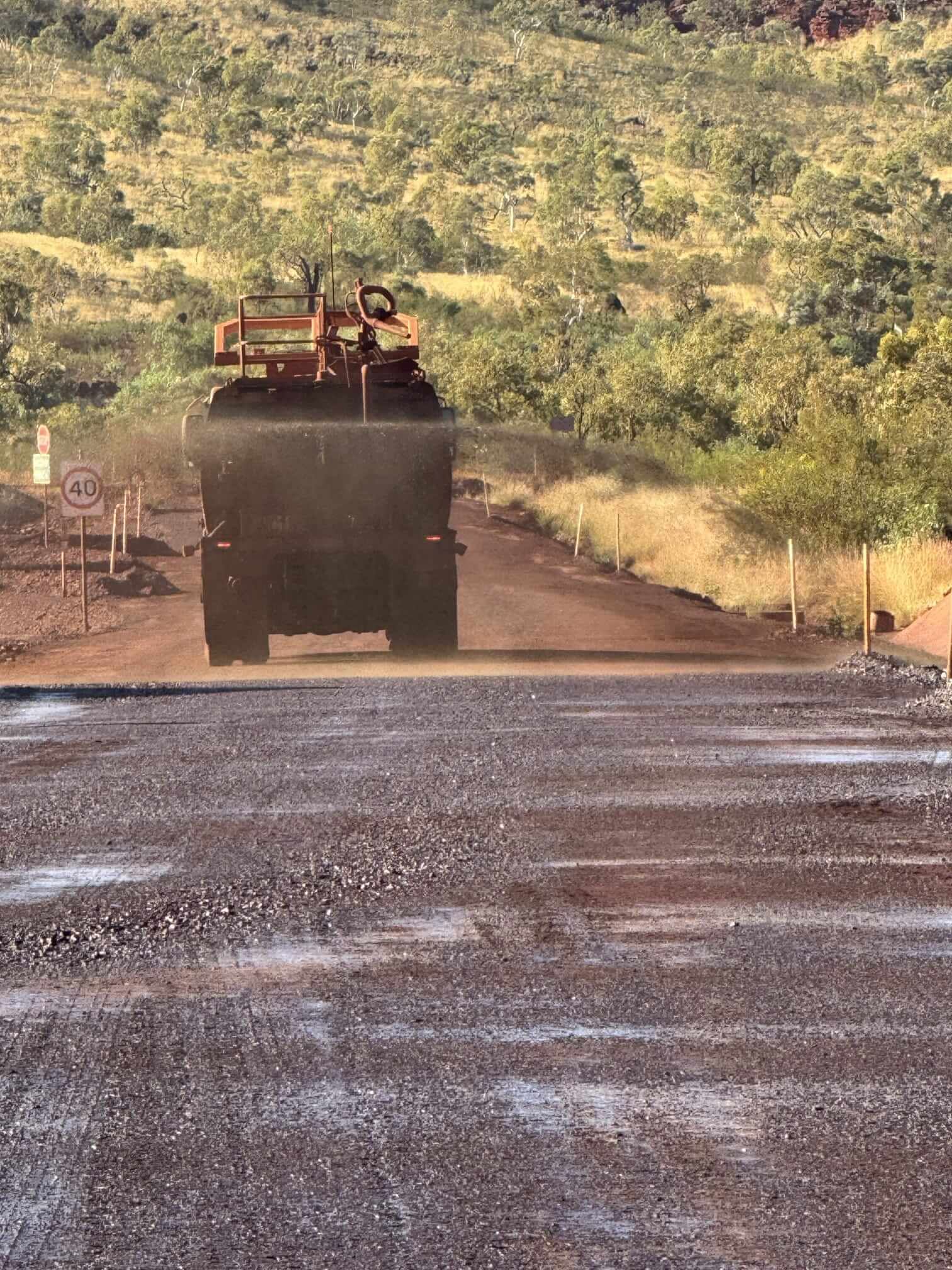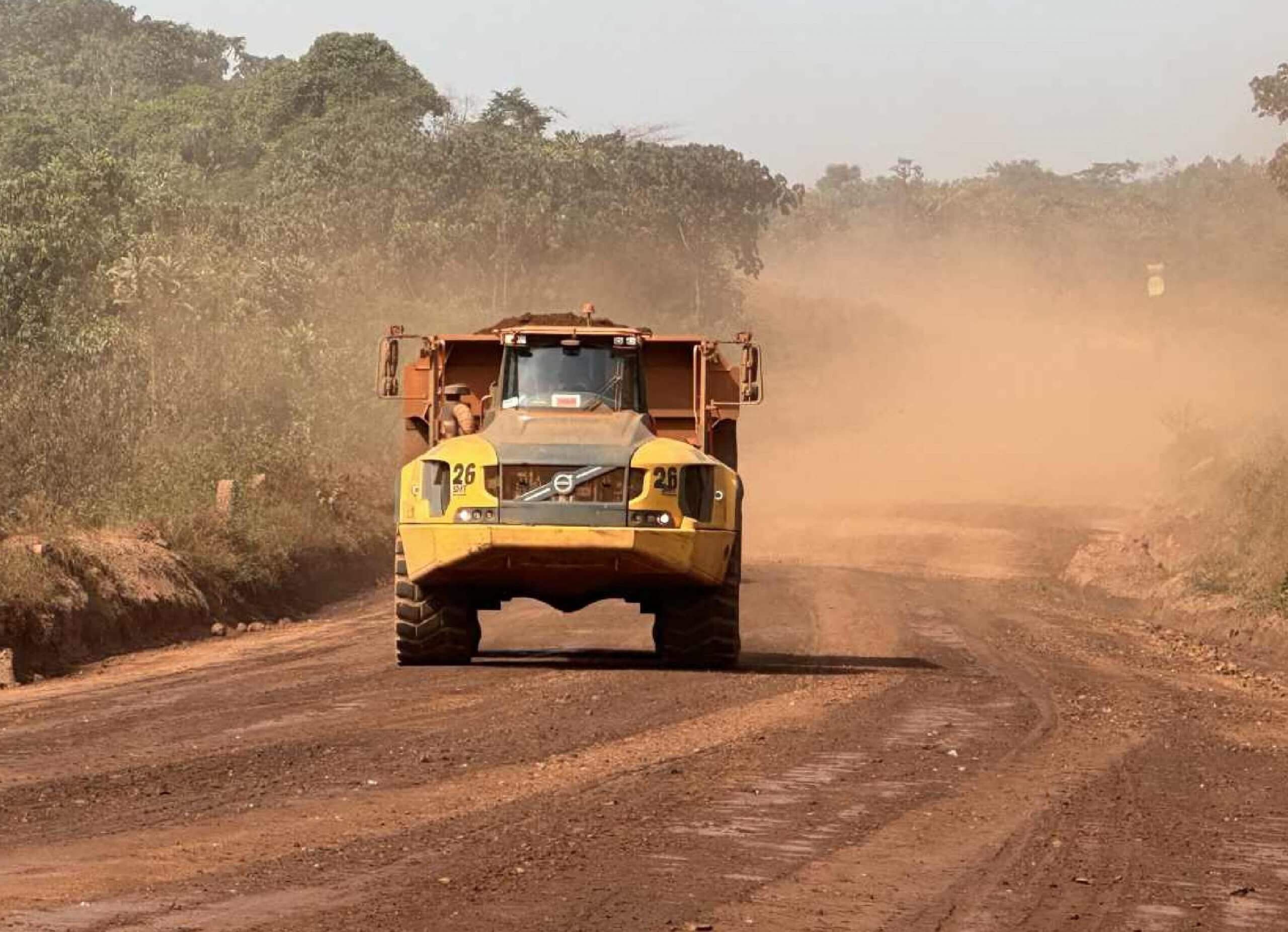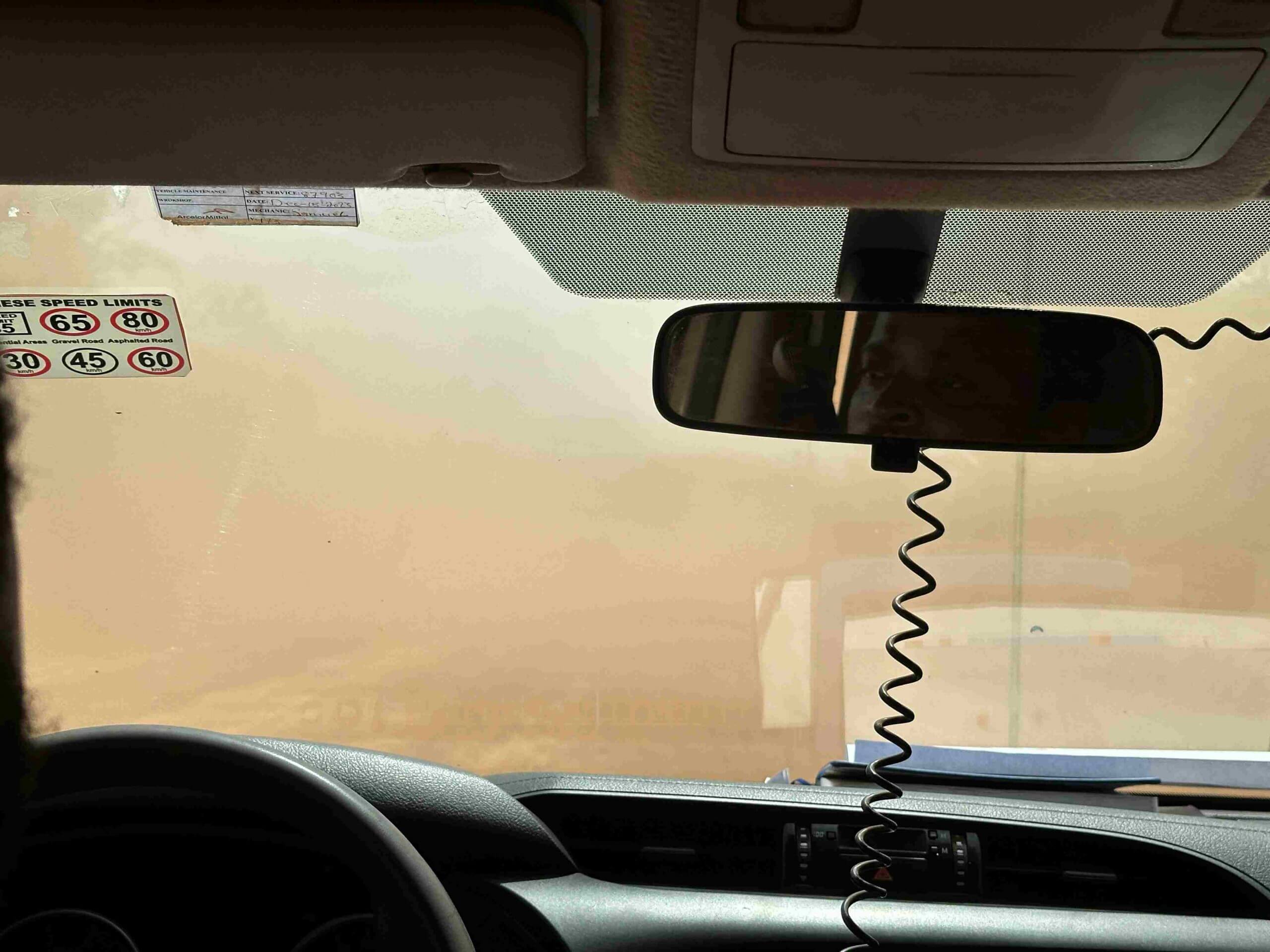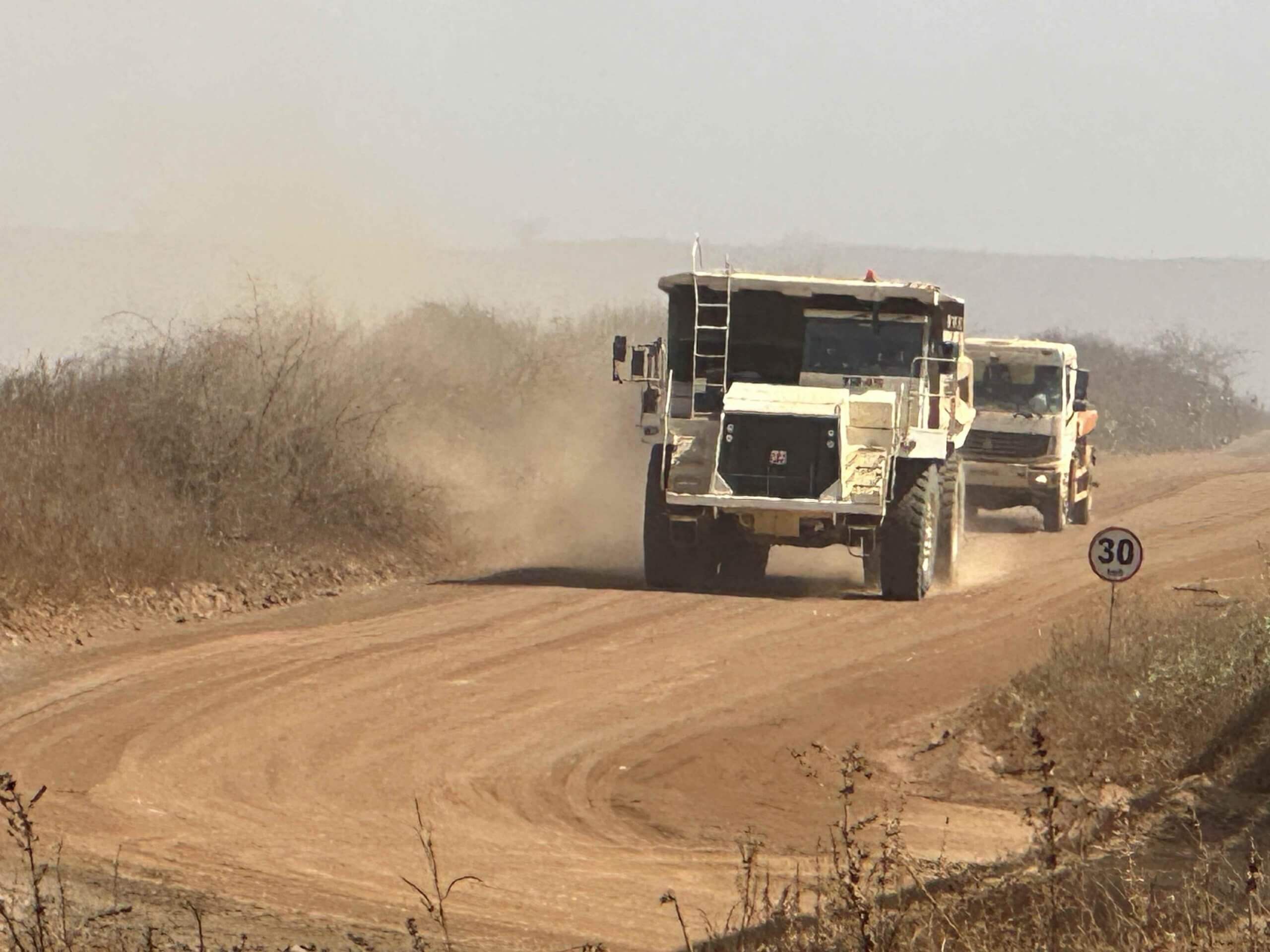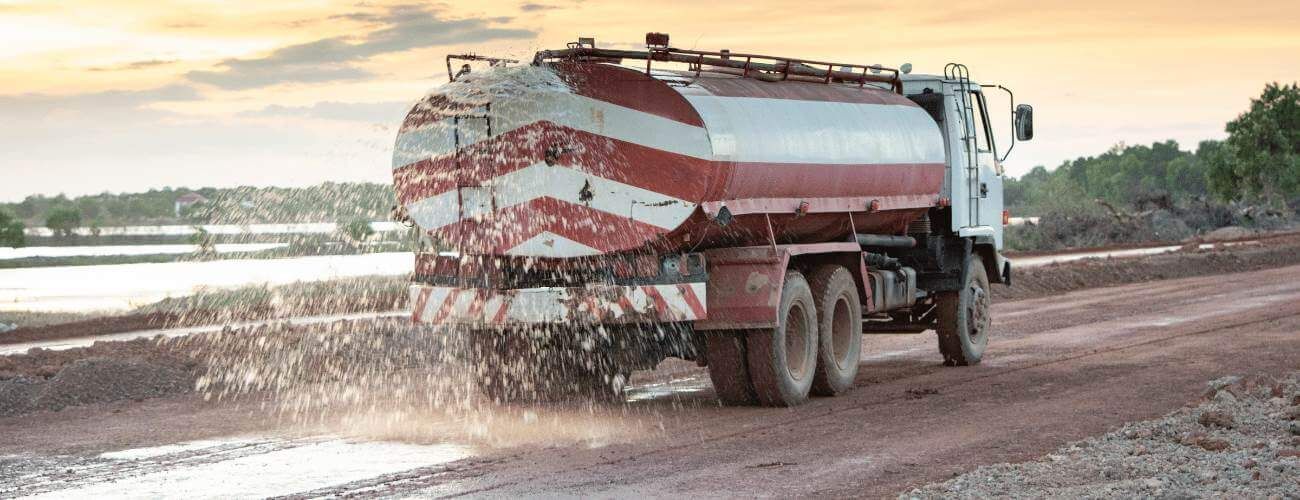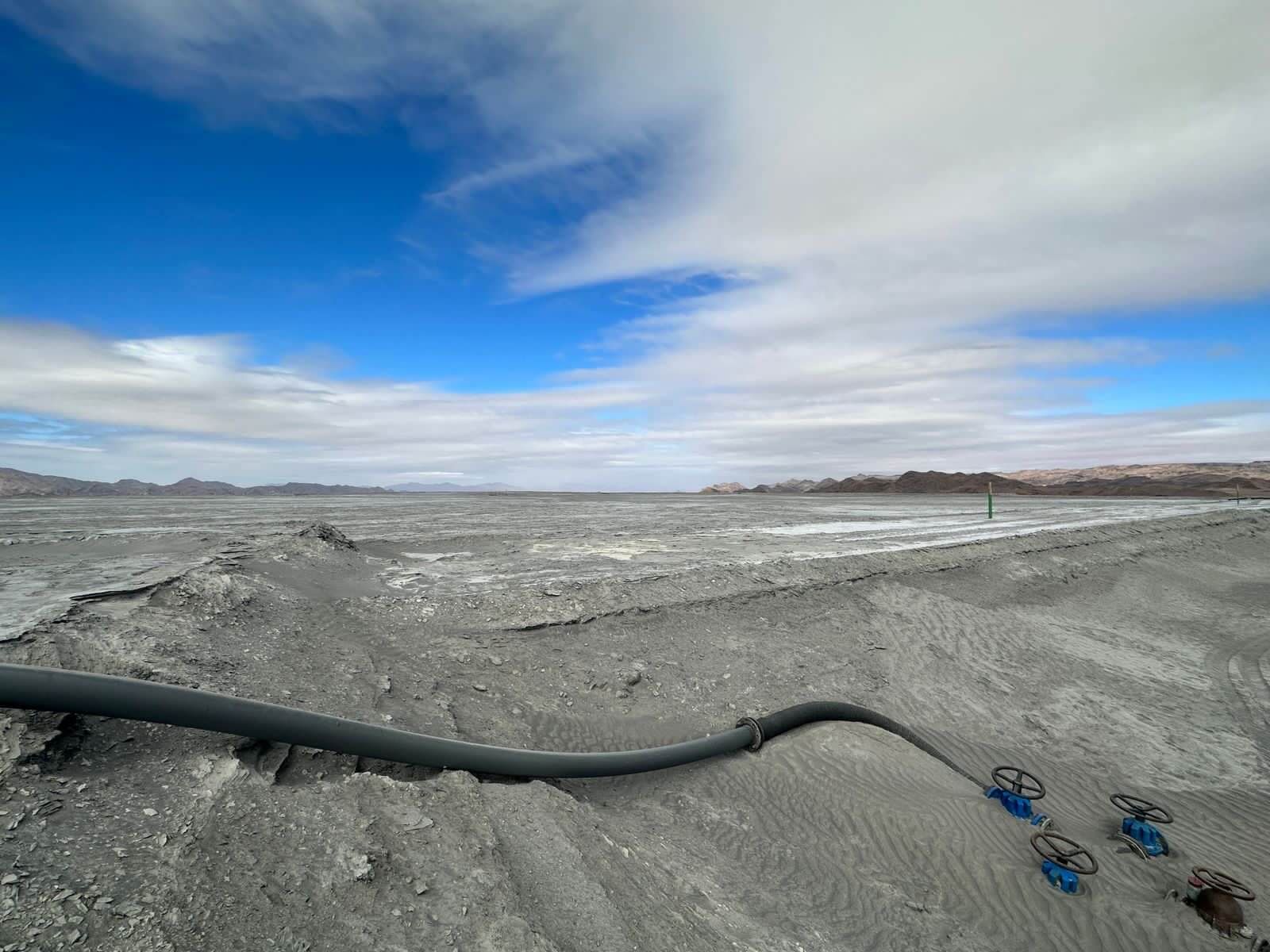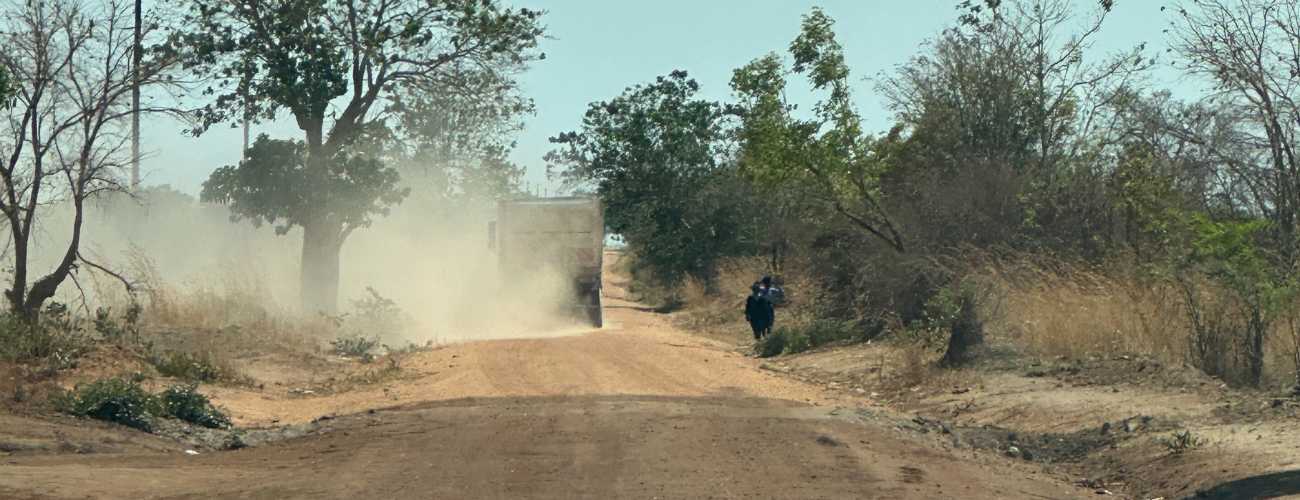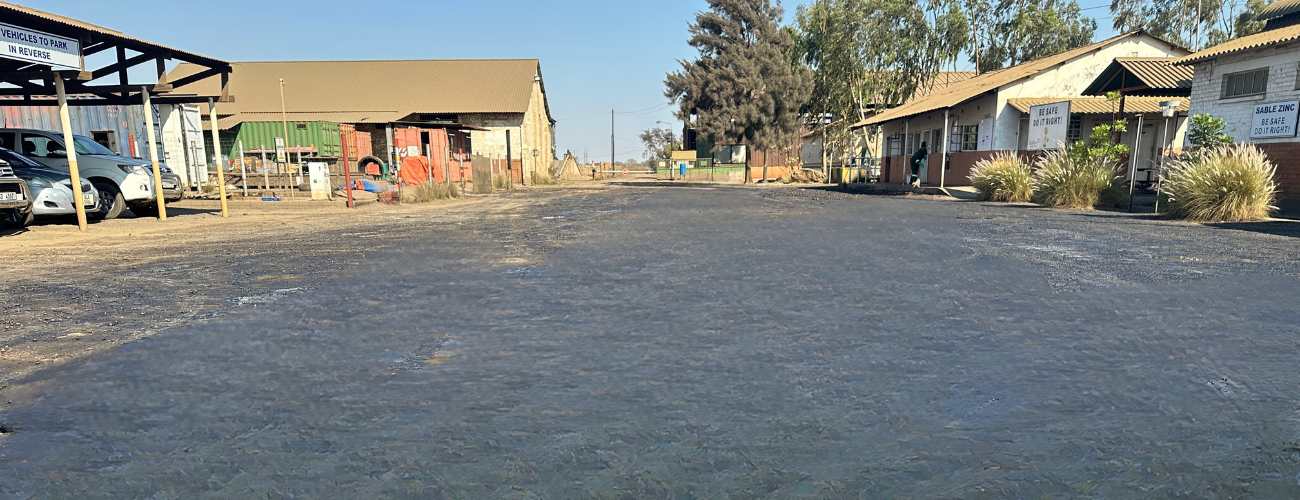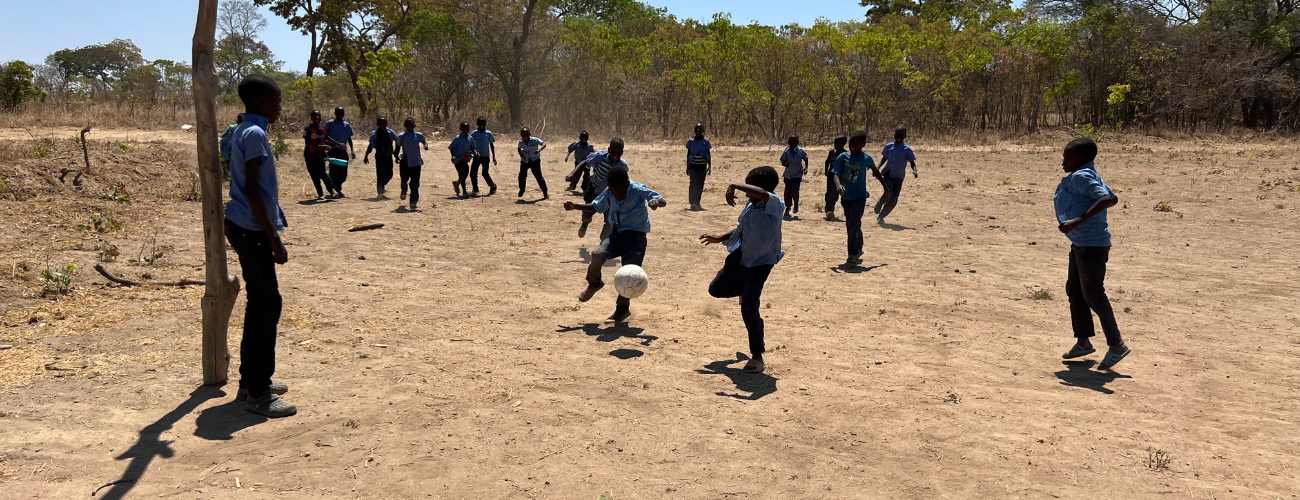Designing a year-round dust control plan
Content
“Dust control isn’t just about reacting to dry or wet conditions. It’s about planning for the whole year,” says Johan Smit, Dust Control Application Manager at Bind-X.
A well-designed dust control strategy doesn’t just reduce emissions. It improves road safety, lowers maintenance costs, protects water resources, and supports compliance with environmental and social standards.
Here’s how to think of dust control as a continuous process rather than a seasonal scramble.
1. Understand your site conditions
Every mine is different, and your dust control plan should reflect that. Start with a comprehensive understanding of your site’s conditions:
- Climate and seasonal patterns: does your region face long dry spells, heavy monsoon rains, or frequent seasonal shifts?
- Soil type and composition: clay, sandy, or gravelly soils behave differently under stress and moisture. Assess gradation, fines content and plasticity index (PI), as these influence binder bonding and dust potential.
- Traffic and layout: road length, gradient, and vehicle frequency all influence dust generation.
- Community and compliance context: what regulations and local expectations shape your operation?
Johan emphasizes, “Every site is different. Knowing your soil, traffic, and climate is critical before choosing a dust control strategy.” Getting these factors right helps you choose prevention and control methods that are effective and cost-efficient. A good road design and preparation drastically reduce long-term costs and maintenance intervals.
2. Prevention first: road design and preparation

The most successful dust control doesn’t begin when a binder is sprayed or water is applied—it starts with proper road design and preparation.
Grading and camber: Ensure adequate runoff and reduce erosion.
Strong base: Achieve >95% MDD compaction density to minimise surface breakdown. Moisture conditioning before binder application improves penetration and adhesion.
Drainage and buffer zones: Use ditches, culverts, and vegetated areas to manage runoff and protect nearby ecosystems.
Binder selection: Choose a product suited to your soil chemistry and climate to avoid premature degradation and rework.
3. Seasonal adaption
Dust challenges shift with the seasons. A flexible plan ensures consistent performance throughout the year.
Dry conditions: Preserve moisture, extend binder life
When rainfall is scarce and traffic is high, roads dry out quickly, leading to dust, raveling, and surface degradation.
- High dust levels demand effective binders and careful water use. Smart binder use can reduce water consumption by up to 90% and maintain road safety.
- Road watering alone is unsustainable and costly.
- Schedule applications based on traffic and weather patterns for maximum impact.
“During dry periods, the biggest challenge is keeping haul roads safe without overusing water,” Johan explains. “Smart binder use can make a huge difference.”
Wet season priorities:
- Heavy rain can wash away treatments, create potholes, and make roads unsafe.
- Adjust curing times for moisture and temperature.
- Wet-stable road stabilisers and binders become essential.
- Inspect roads regularly after storms to catch issues early.
“Heavy rain can undo months of work in just a few hours,” Johan notes. “Choosing the right stabiliser before the wet season is essential.”
Transition periods:
The shift between seasons is often when roads are most vulnerable. Early inspections and adaptive scheduling prevent damage during seasonal shifts.
4. Application & technology
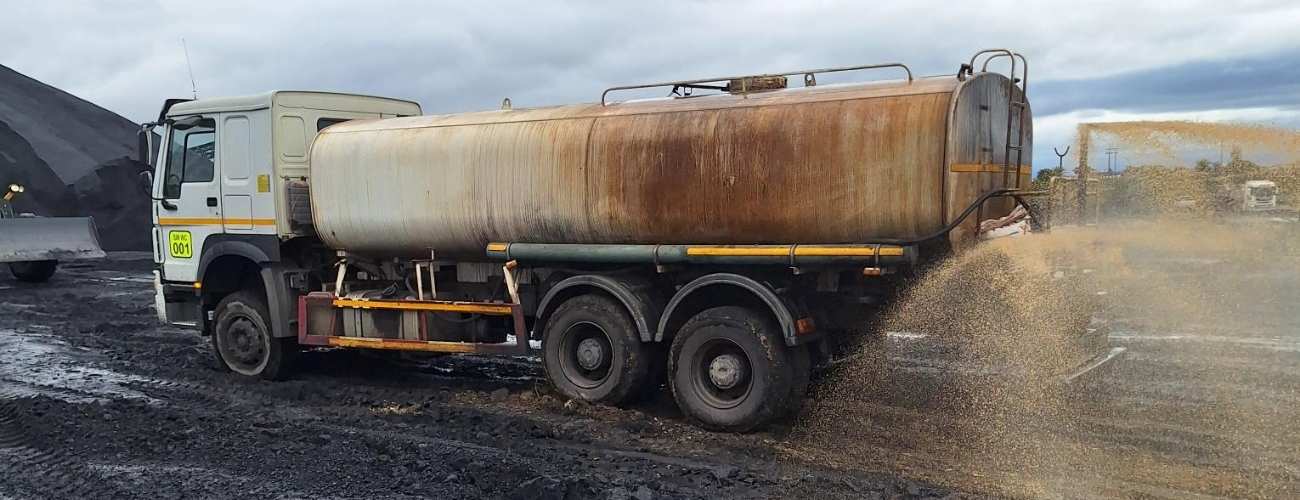
How you apply a solution is just as important as what you apply.
Spraying techniques: Make sure the binder is applied evenly and mixed properly to ensure effective binding and reduce the need for reapplication. Use the correct nozzles, nozzle size, spray pressure, and dilution ratio. Keep a steady speed when applying the product on the road for optimal binding.
Timing: Apply after grading, ahead of extended dry periods, or before the wet season when more stable binders are needed.
Monitoring tools: Dust sensors, drone surveys, or even basic logbooks help move from reactive to proactive management.
“It’s not about spraying more often. It’s about applying correctly and at the right time,” Johan says. “That’s where biological binders really shine.”
With biological binders, effectiveness comes from correct application and timing — not frequency. Because they create durable bonds, fewer applications are needed compared to water or salts, even across seasonal shifts.
5. Monitoring & KPIs
You can’t improve what you don’t measure. Tracking the right indicators allows you to evaluate effectiveness and adjust strategies as needed:
- Dust levels (measured or reported).
- Water consumption for dust suppression.
- Road maintenance costs and frequency.
- Number of binder applications per season.
- Community complaints or safety incidents related to dust.
“Measuring results is just as important as applying the solution,” Johan adds. “Without tracking dust, water use, and road condition, you can’t improve your strategy.”
Keeping a seasonal log or digital dashboard ensures decisions are based on real data rather than assumptions.
6. Building a long-term strategy
Dust control works best when it’s part of a long-term plan rather than a short-term fix:
Budgeting as investment: Dust control reduces vehicle wear, accidents, and environmental risks – saving money in the long run.
ESG alignment: Dust reduction improves environmental performance and supports social license to operate.
Continuous improvement: Reviewing data annually ensures strategies evolve with site conditions.
Conclusion
A year-round dust control plan combines prevention, adaptation, monitoring, and long-term thinking. By tailoring strategies to site conditions and seasonal shifts, mines can reduce costs, improve safety, and operate more sustainably.
“‘A year-round plan protects not just the operation, but the people and environment around it,’ Johan concludes. “That’s the real value of proactive dust control.”
At Bind-X, we help mines design dust control solutions that work in every season – with biological binders that last longer, use less water, and protect the environment. Talk to our team about how to create a tailored dust control strategy for your operation.
Case Insight: Sustainable impact in practice
This approach is not just theoretical. At an open-pit mine in South Africa’s Northern Cape, implementing a seasonal dust control plan with the biological binder Terrabind™ reduced water consumption by 90% and extended road lifespan by 85%. The proactive strategy improved air quality, reduced vehicle wear, increased tyre life, lowered maintenance costs, and strengthened community trust—demonstrating the tangible benefits of planning dust control for the full year.
